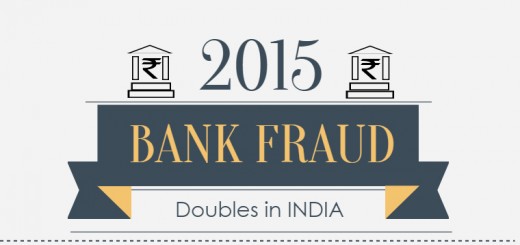We have been hearing from multiple banks on their plans to align the anti-fraud and anti-money laundering efforts within their organizations. Over the past few years we have seen many manifestations of sophisticated fraudsters and money launderers across the globe which is what is making the bankers re-think their strategy and execution to curb these attempts. Clearly fraud risk and money laundering risk are the key containment areas for operational risk management with in a bank and implications of these two are similar from perspectives of legal risks, reputational risks and financial losses.
The need for real-time fraud monitoring of banking transactions across the enterprise is well established and many banks are catching up to move from traditional methods to advanced real-time fraud monitoring systems. But many banks are still living with the old generation anti-money laundering systems which only can perform offline transaction monitoring by taking the transaction data from core systems offline or in batch mode. Also, there is a lacuna with these systems from the perspective of agility and flexibility for changes required, with the changing times and the regulatory mandates.
Need for real-time transaction monitoring in AML capabilities
With the advancements in operational systems and technology for faster, rather, real-time payments & remittances and the rise of multi-channel banking, the money launderers of this age need less than an hour or few hours at the maximum to complete the three key steps of money laundering process: Placement –placing the illegal money into the system; Layering – separating the illegal money from the source through a series of transactions and making it difficult to trace the origin; and Integration- converting the illegal money to legitimate form. This accentuates the need for real-time monitoring capabilities for detection of suspicious transactions and effectively combating money launderers. Majority of the banks across the globe are not well-equipped with real-time suspicious transaction monitoring in their AML systems and this is one area banks need to gear up.
Here are the key aspects of alignment of anti-fraud and anti-money laundering efforts in a bank
Operational Processes and people: Both anti-fraud and anti-money laundering departments of the bank need dedicated investigated teams who investigate each case/alert that systems generate based on the severity level and category of the alert as per the defined processes of the bank. The nature the business has become such that these investigation teams need to operate on a continuous basis and even 24/7 depending on how the fraud processes are configured. Both these teams need similar investigation tools for completing the investigation workflows and finding the evidences in order to resolve cases. It makes sense for the banks to optimize the efforts of investigation teams by having combined AML and fraud investigation under single umbrella.
IT Platform: Real-time transaction monitoring, integrated case management and comprehensive investigation workbench are the common basic build blocks of both fraud management and anti-money laundering systems. If the both fraud management and AML can be done using a single platform bank will have huge benefits in terms of the capital and operational expenditure leading to significant benefits total cost of ownership (TCO).
Data: Data Integration is one challenging area for banks. Both fraud management and AML systems need the integration with the same host systems (core banking system, credit cards etc. ) for the corresponding transactional data and master data. If there is a single platform, that can handle real-time integration with host systems for getting the events from the host systems and use the same both fraud management and AML purposes, this could be hugely beneficial for the bank.
With the need for sophisticated fraud detection capabilities and current state of out-dated AML system many banks have, combined Real-time Enterprise Fraud Management and AML platform is an idea whose time has come. Few banks have already begun their journey on this front and we expect more banks to join the bandwagon.
How do you envision your anti-fraud and anti-money efforts at your bank? Do let us know your views- we’d love to know.




